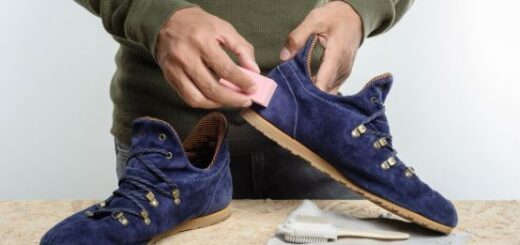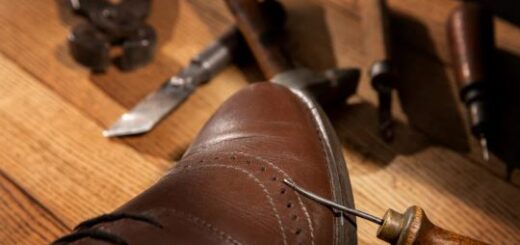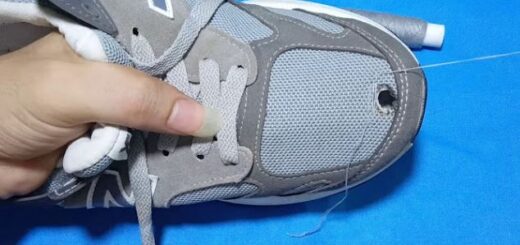How Daily Brushing Can Extend the Life of Your Leather Shoes
Why Regular Cleaning Matters for Leather Shoes
It’s common advice to give your shoes a quick brush when you get home, and many assume it’s simply to keep them looking neat. While that’s true to an extent, there’s a far more crucial reason behind this simple routine: it helps your leather shoes last much longer. Let’s dive into the deeper purpose behind brushing and how it impacts the condition of your footwear.
The Harsh Realities Leather Shoes Face
Leather shoes go through a lot each day. They’re in constant contact with pavement, dirt, water, and a host of other environmental elements. They’re not only exposed to mud and grit but are also frequently bent and flexed as you walk. Though some of this dirt might not be visible right away, it gradually accumulates, especially in the parts of the shoe where the leather bends—the creases across the toe area.
This is where the real damage begins. When dirt becomes trapped in those small folds, it doesn’t just sit there. Every step you take causes the dirt particles to rub against the leather, wearing it down from the inside. Over time, this abrasion weakens the leather and increases the likelihood of cracks developing. So the problem isn’t just cosmetic—it’s structural.

The Role of Friction in Shoe Deterioration
Imagine rubbing your hands together with sand between your palms. The sensation is rough and uncomfortable. Now picture that same abrasive effect happening inside the folds of your leather shoes. It’s a slow but relentless process. Every movement pushes tiny particles further into the creases, acting like miniature sandpaper strips grinding down the material bit by bit.
This damage doesn’t happen all at once. It builds over time with each wear. And unfortunately, once leather has been worn down to the point of cracking, it’s difficult, if not impossible, to fully restore. Preventing this kind of wear is much easier than trying to fix it after the fact.
Preventive Care Is the Key
The good news is that avoiding this kind of deterioration doesn’t require expensive tools or complex maintenance routines. All it takes is a soft brush and a couple of minutes of your time after each use. Simply brushing your shoes clean before storing them keeps surface dirt from collecting and embedding in the leather.
If your shoes have gotten wet or muddy, a damp cloth can be more effective than a dry brush. In those cases, gently wiping the surface helps remove grime without soaking the leather, which can cause other issues. Regardless of the method, the goal is to eliminate any particles that could contribute to long-term damage.
Creating a Consistent Shoe Care Habit
To make this a seamless part of your routine, keep a shoe brush somewhere convenient—ideally near your door, so it’s easy to grab when you take your shoes off. It helps to also have shoe trees handy, which maintain the shoe’s shape and gently stretch out the creases. Inserting the trees before brushing not only makes cleaning easier but also reduces stress on the leather while in storage.
Focusing a little extra attention on the areas that flex the most—like the vamp, where the toes bend—goes a long way. These spots are most vulnerable to wear, so giving them a thorough brushing ensures that no grime is left to erode the leather over time.
Starting Fresh Each Time You Wear Them
When you remove surface debris from your shoes consistently, you’re doing more than just cleaning them. You’re resetting them. Each time you put them on, you’re starting with a clean, smooth surface, free from hidden particles that can grind away at the leather during wear. This not only keeps your shoes looking their best but also protects their structure and extends their usable life.
Think of it like brushing your teeth—you wouldn’t skip it just because your teeth “look fine.” The daily care is what keeps deeper problems from developing.
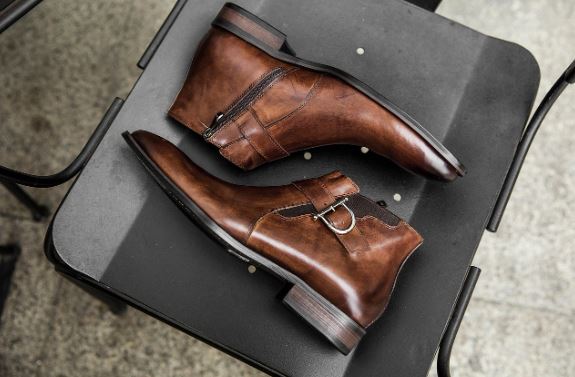
A Minimal Investment with Major Rewards
Shoe brushes are inexpensive, widely available, and require no special knowledge to use. The effort involved is minimal, but the benefits are significant. By preventing dirt buildup, you’re essentially buying time for your shoes—more years of wear, fewer repairs, and better appearance throughout their life.
When you consider the cost of quality leather shoes, adding years to their life with just a few seconds of brushing is a very worthwhile investment. It’s a low-effort, high-reward habit that every shoe owner should adopt.
Building a Long-Term Shoe Care Strategy
For those looking to go beyond the basics, incorporating additional care steps periodically can further preserve your shoes. Polishing, conditioning, and occasional deep cleaning all contribute to the health of the leather. However, none of these steps are as fundamental or as frequently needed as the simple act of brushing.
Start with this daily or post-wear brushing habit as the foundation of your shoe care strategy. Over time, you can build on it with other treatments as needed, but this basic step will already do most of the heavy lifting in terms of protection.
Final Thoughts: Treating Your Shoes with Respect
Leather shoes are not just functional items—they’re crafted pieces meant to last and age gracefully. Like anything valuable, they require a bit of care to maintain their integrity. Regular brushing is one of the easiest ways to show that care. It prevents avoidable damage, supports the structure of the shoe, and keeps them looking great every time you wear them.
By turning this simple act into a habit, you’ll not only protect your footwear but also develop a deeper appreciation for quality craftsmanship and the longevity it can offer. It’s not just about keeping shoes clean—it’s about preserving the investment you’ve made and ensuring you get the most out of every pair.
FAQs
Why is brushing leather shoes important beyond appearance?
Brushing removes surface dirt that can accumulate in creases and cause abrasion, which leads to premature leather wear and cracking.
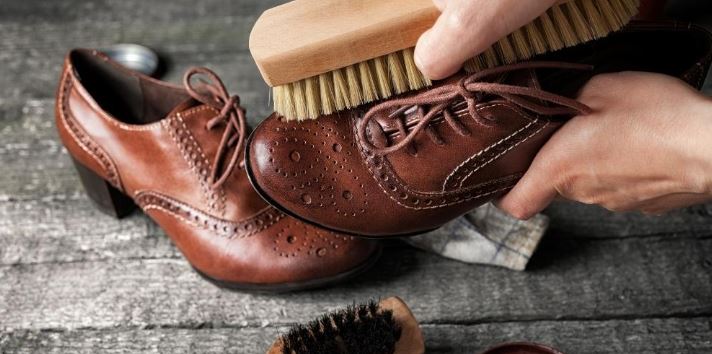
How does dirt affect the condition of leather shoes?
Dirt particles grind against the leather when the shoe flexes, weakening the material over time and making it more prone to cracking.
What part of the shoe is most vulnerable to dirt buildup?
The creases, especially across the toe (vamp), are most at risk because they flex constantly and trap dirt more easily.
How often should you brush your leather shoes?
Ideally, after every wear to prevent buildup and ensure the shoes remain in good condition between uses.
What tools are needed for this routine?
A soft shoe brush and optionally a damp cloth for wet or muddy shoes; shoe trees are also helpful for maintaining shape.
Why use shoe trees before brushing?
They stretch the leather, open the creases slightly, and make it easier to remove embedded dirt while reducing further creasing.
Can this habit actually extend the life of shoes?
Yes, regular brushing minimizes abrasive wear and helps leather shoes maintain their strength and structure over the years.
Where should the shoe brush be stored for convenience?
Near your entryway or wherever you usually remove your shoes, to make brushing a quick and natural part of your routine.
Is a damp cloth better than a brush for some situations?
Yes, especially if the shoes are wet or have heavy dirt. A cloth can gently clean without damaging the leather.
What happens if you neglect brushing your shoes?
Dirt will build up, causing more friction in creased areas, leading to faster leather deterioration and visible cracks.
Is this routine time-consuming?
Not at all—it takes just a minute or two per pair and pays off by extending the life and appearance of your shoes.
Is brushing alone enough for full shoe care?
Brushing is the foundation. For best results, combine it with occasional conditioning and polishing to fully maintain leather quality.

